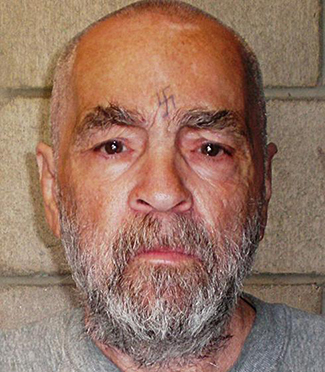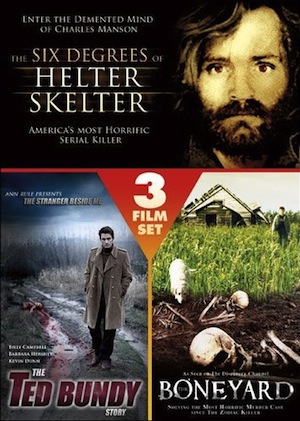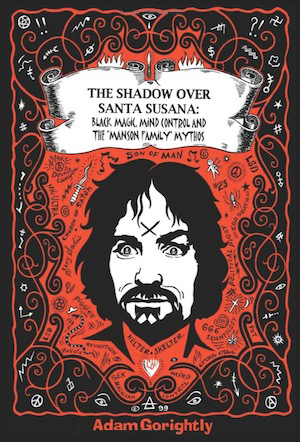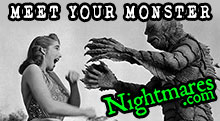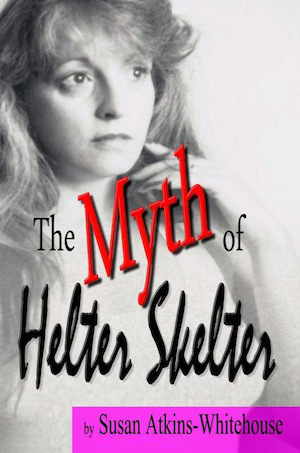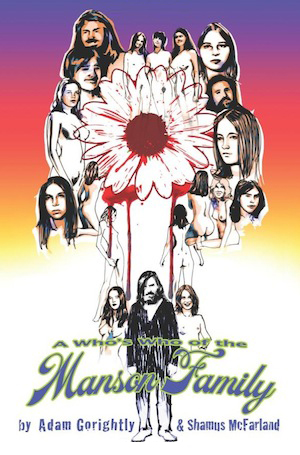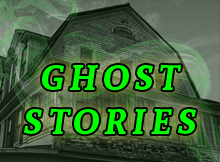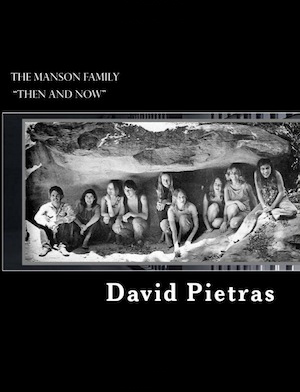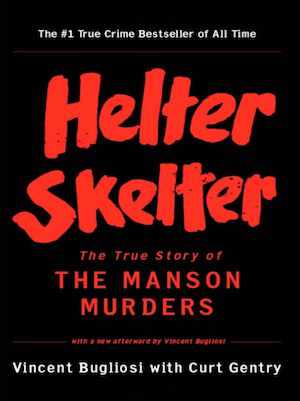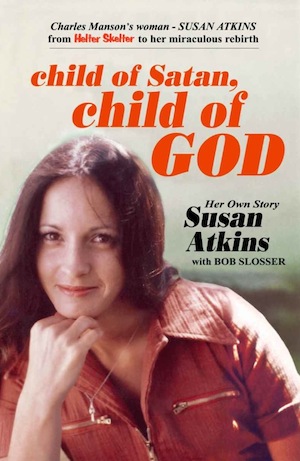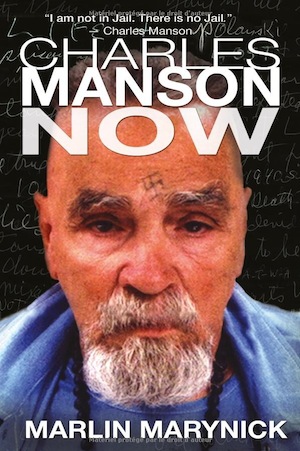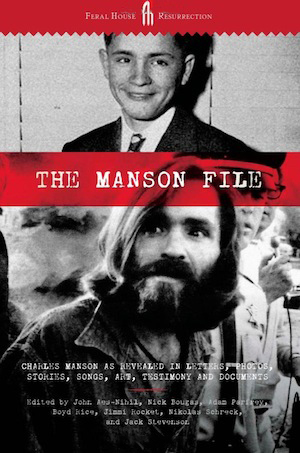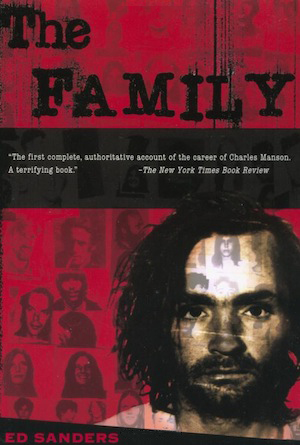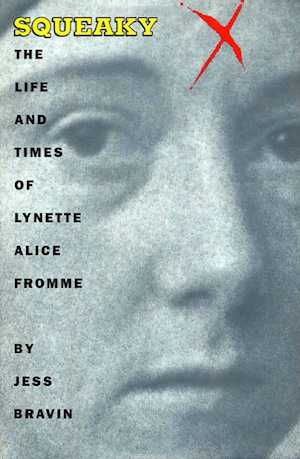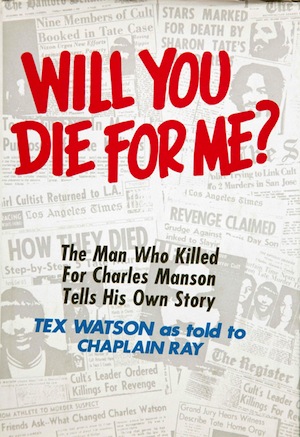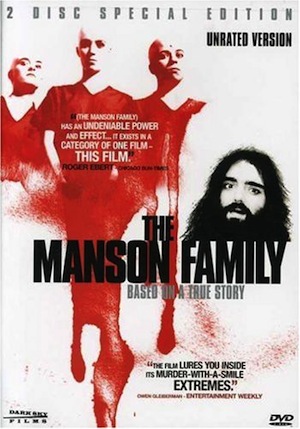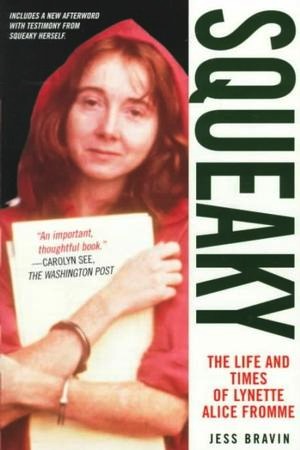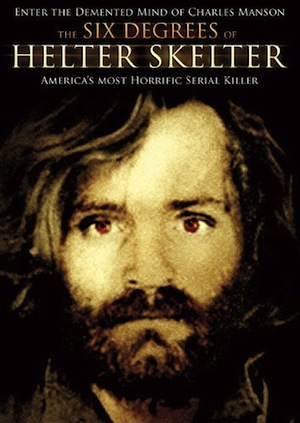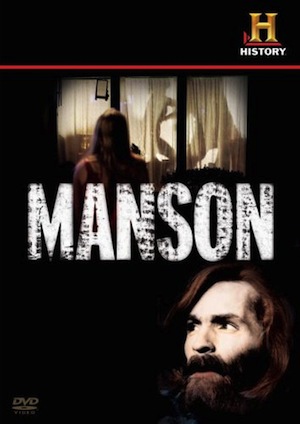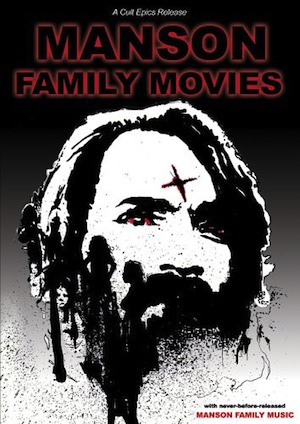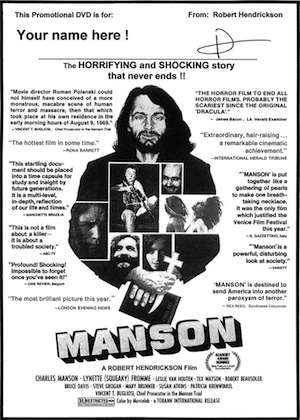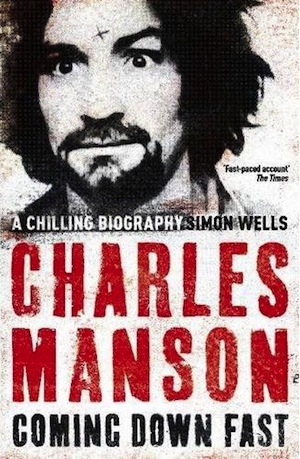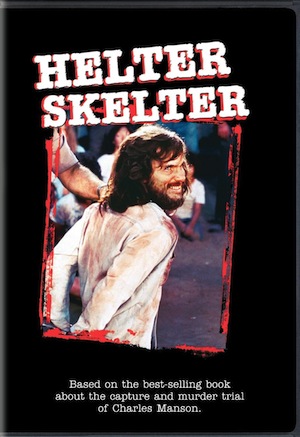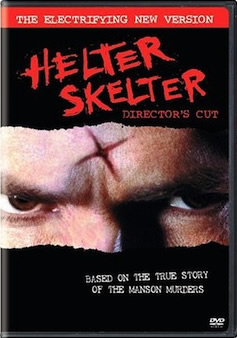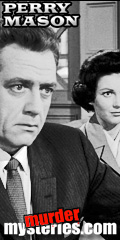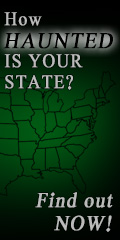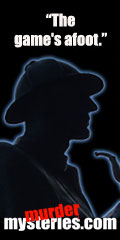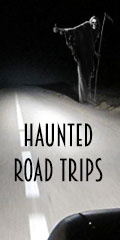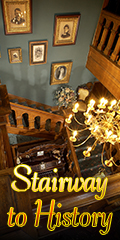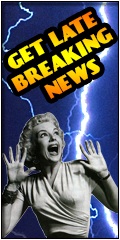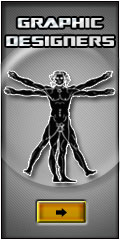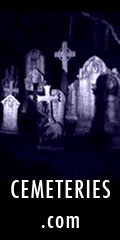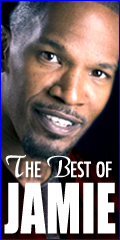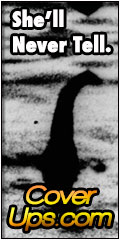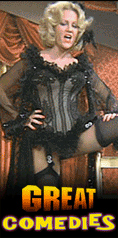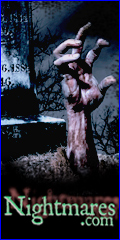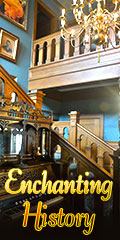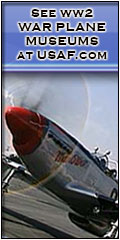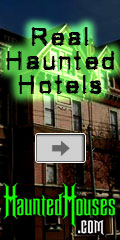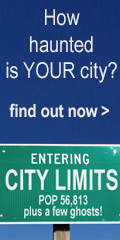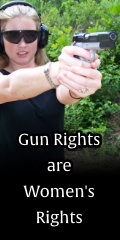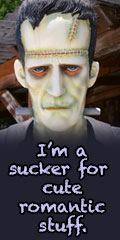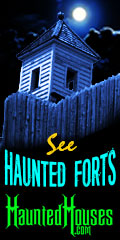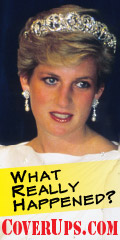Born Criminal
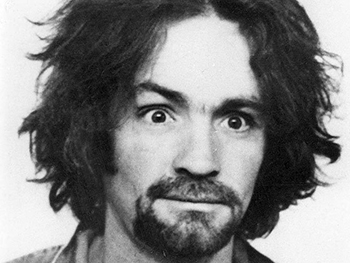
On November 12, 1934, Charles Milles Manson was born in Cincinnati, Ohio, to 16-year-old single mother Kathleen Maddox. Because she couldn't take proper care of him, he spent his childhood in the custody of relatives or at special reform schools and boys homes. By the age of nine, he'd begun stealing. It wasn't long before he added burglary and auto theft to what would become a lengthy juvenile criminal record.
In 1954 he was released on parole after an atypical stretch of good behavior. The following year he married Rosalie Willis, a waitress, and they had a son together, Charles Manson Jr. But even as a family man, Manson was drawn to criminal activity, and he made extra money stealing cars. In April of 1956, he was sent to prison again. While he was there his wife divorced him.
In 1958, he was released, but his attraction to the criminal life was as strong as ever, and soon Manson was pimping, stealing checks from mailboxes, and conning people out of money. He got married again, to a prostitute named Candy Stevens, and fathered a second son, whom he also named after himself. In June of 1960 he crossed paths with the law again and was sent to the McNeil Island Penitentiary. His second wife, like his first, divorced him while he was incarcerated.
Musical Messiah
During this latest prison stint, which would last six years, Manson befriended Alvin "Creepy" Karpis, one-time member of the Ma Barker gang. Karpis taught Charles Manson to play the steel guitar, and Manson found a new passion besides crime: music. He practiced obsessively, turned out dozens of original songs, and began singing. He harbored ambitions of musical stardom once he got out of prison.
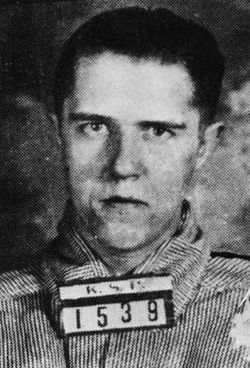
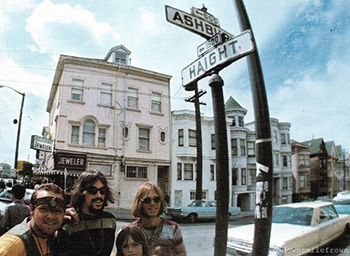
When he was paroled in March of 1967, Manson stepped into the cultural maelstrom of the hippie movement and headed for its epicenter, San Francisco. It was an environment he flourished in. With his music and his drugs, and a strong messianic bent to his personality, it wasn't long before he had a following. In 1968, he and several of his disciples drove to Southern California.
Manson wanted a music career. By an amazing stroke of luck, he met and was soon hanging out with Dennis Wilson of the Beach Boys, who actually recorded one of his songs, "Never Learn Not to Love".
Through Wilson, Manson met Terry Melcher, the son of Doris Day. Musical fame seemed within his grasp. Manson thought Melcher would advance his music career. He was bitterly disappointed when the association came to nothing.
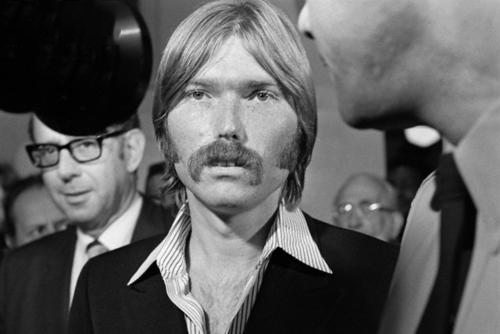
At about the same time, he and a few of his acolytes now moved to Spahn Ranch, northwest of San Fernando Valley, once a popular location for the filming of westerns in the '40s and '50s. Manson and his followers – who now called themselves "The Family" – turned it into their cult compound.
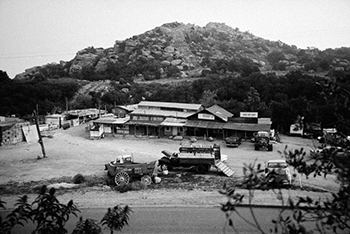
Helter Skelter Apocalypse
Charles Manson was not just a born manipulator of people but of religious texts as well, taking bits and pieces from different religions and fashioning them into his own violent and perverse philosophy, which he spoon-fed to his followers.
In November of 1968, the Beatles released their eponymous double album, also known as the White Album. One of its songs, "Helter Skelter" became the bizarre centerpiece of Charles Manson's theology: a vision, Manson believed, of a racial apocalypse in America, written in the coded lyrics of Lennon and McCartney.
Manson thought a race war was coming to America in the summer of 1969; blacks would rise up and slaughter all white people. The Manson family would survive because they would be underground, literally, riding out the storm in a hidden city of gold beneath Death Valley.
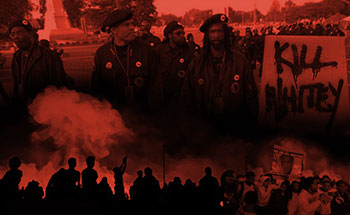
As the summer months of 1969 wore on without any sign of his promised Armageddon, Manson decided the Family needed to take matters into their own hands; he and his followers would have to show blacks how to do it.
The Tate Murders
Manson sent four of his followers – Tex Watson, Susan Atkins, Linda Kasabian, and Patricia Krenwinkel – to 10050 Cielo Drive in Los Angeles. Their orders were to kill the people inside.
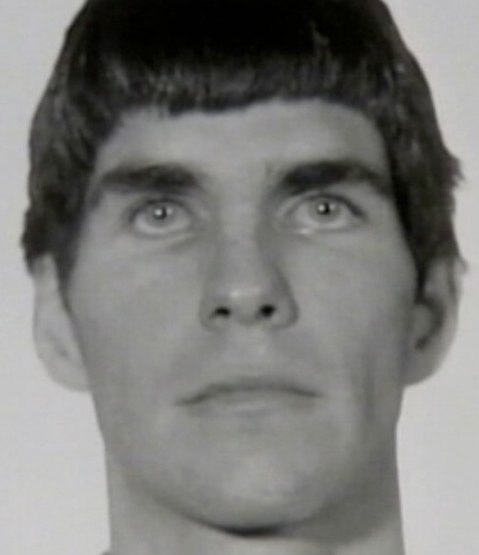
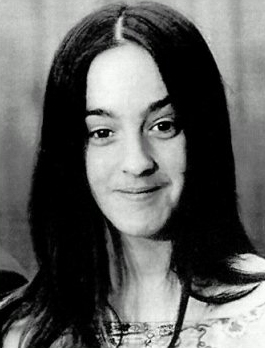
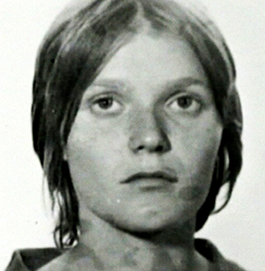
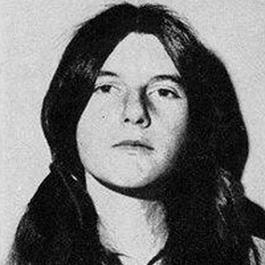
The address was not random. The house had once belonged to Terry Melcher, the man who had failed to come through for Manson in his search for musical fame and fortune. Melcher no longer lived there; actress Sharon Tate and her husband, director Roman Polanski, now rented it. Manson himself had been there some months before, searching for Melcher. A house guest of Sharon Tate's, disturbed by Manson's appearance, had sent him away in an encounter that was distinctly unfriendly. Manson may have had brief eye contact at that time with Sharon Tate. He went to a small guesthouse on the property, only to be upbraided there by Rudi Altobelli for bothering his guests. It was Altobelli who actually owned the house. Manson did not forget these encounters, or forgive the wealthy and well-connected people who had treated him so disrespectfully.
And so it came to pass that on the night of August 8, Manson directed Tex Watson to take Atkins, Linda Kasabian, and Patricia Krenwinkel to "that house where Melcher used to live" and "totally destroy everyone in [it], as gruesome as you can."
The women were ordered to do as Watson told them. They knew nothing of the current occupants of the house. In addition to actress Sharon Tate (who was 8 1/2 months pregnant) these were her friend and former lover, hairstylist Jay Sebring, Polanski's friend and prospective screenwriter Wojciech Frykowski; and Frykowski's lover Abigail Folger, heiress to the Folger coffee fortune. Polanski was in London working on a film adaptation of Shakespeare's "MacBeth".
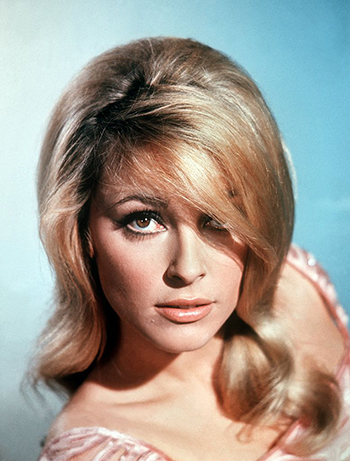
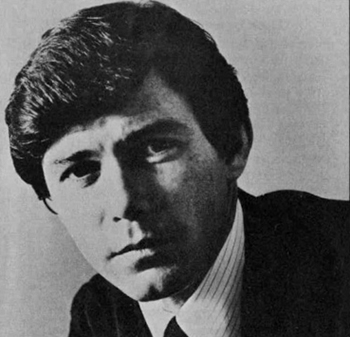
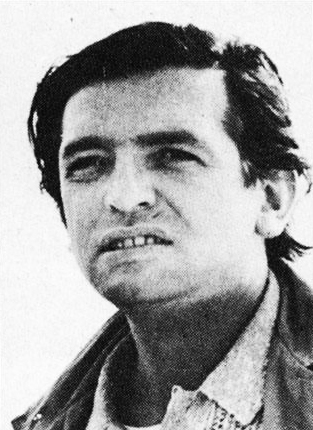
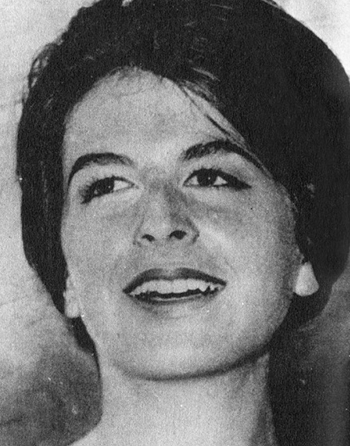
When the Manson murder team arrived at the Tate residence, Watson, who knew the layout of the house from a previous visit, scaled a telephone pole near the gate and cut the phone line. Fearful the gate might be electrified or alarmed, they climbed an adjacent embankment to gain entrance to the grounds.
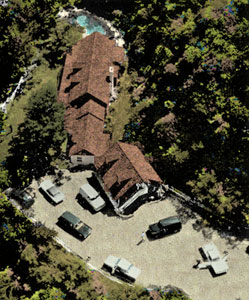
Just then, headlights approached from deeper inside the property. While the women hid in bushes nearby, Tex Watson stepped into the road and ordered the approaching driver, 18-year-old Steven Parent, to stop. As Watson pointed a .22 at Parent, the terrified youth begged Watson not to hurt him, promising he wouldn't say anything. Watson slashed Parent with a knife, then shot him four times in the chest and stomach. Then he ordered the women to help push the car further up the driveway.
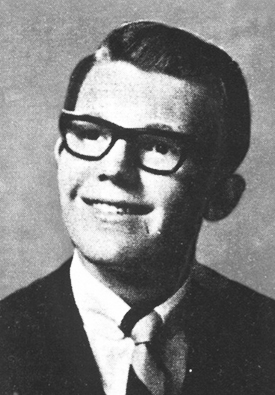
After crossing the front lawn and ordering Kasabian to find an open window that would lead them into the main house, Watson decided instead to cut the screen of a window himself. Kasabian was sent down to the gate to keep watch. Watson removed the screen, entered through the window, and let Atkins and Krenwinkel in through the front door.
Once inside they found Frykowski on the living room couch, groggy from sleep but awakened by the sounds of the intruders. As he was coming to Watson kicked him in the head. Frykowski asked him who he was and what he was doing there. "I'm the devil," Watson answered. "And I'm here to do the devil's business."
Atkins found the house's other three occupants and, aided by Krenwinkel, rounded them up and herded them to the living room. Watson tied Tate and Sebring to each other by their necks with rope he'd brought for that purpose, which he then slung up over an overhead beam. Sebring's objection of rough treatment of the pregnant Tate was answered by Watson with a gunshot. The intruders took Folger back to her bedroom briefly for her purse, which netted them $70. Watson finished off the still-groaning Sebring by stabbing him seven times.
Meanwhile, Frykowski's hands had been tied with a towel, but he'd been able to work himself free. He struggled with Atkins, who stabbed at his legs with the knife she'd been using to guard him. Frykowski fought his way outside the house. The struggle got Watson's attention and he joined in against him, striking Frykowski repeatedly over the head with his gun, stabbing him multiple times, and shooting him twice.
By this time, Linda Kasabian had been drawn up from the driveway by "horrifying sounds". In an unsuccessful attempt to stop the slaughter, she falsely told Atkins that someone was coming.
Back inside the house, Abigail Folger had escaped from Krenwinkel and run out a bedroom door to the pool. She was pursued by Krenwinkel, who stabbed and tackled her as the attack moved toward the front lawn. Watson now finished her off. In all Folger's two attackers stabbed her a total of 28 times. Next came Frykowski, still struggling across the front lawn. Watson murdered him with a final, overwhelming volley of stabs – coroners would later count 51 separate wounds.
That left only Sharon Tate. She pled to be allowed to live long enough to have her baby, even offering herself as a hostage in exchange for the life of her unborn child. Unmoved, her assailants stabbed her 16 times. Watson would later reveal that Tate had died crying "Mother... mother..."
Earlier that evening, as the Family members were heading out from Spahn Ranch, Manson had told them to "leave a sign ... something witchy". Now, with the towel they'd used to bind Frykowski's hands, Atkins wrote "pig" on the house's front door in Sharon Tate's blood.
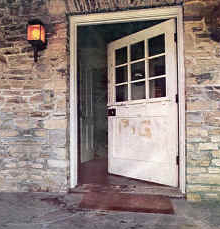
The LaBianca Murders
Unhappy with the chaos and panic at Cielo Drive, Charles Manson accompanied six of the Family members – Leslie Van Houten, Steve "Clem" Grogan and the four from the night before – on an evening drive through Los Angeles in search of new victims, who in Manson's mind would serve as objects in a demonstration of how such crimes should be committed.
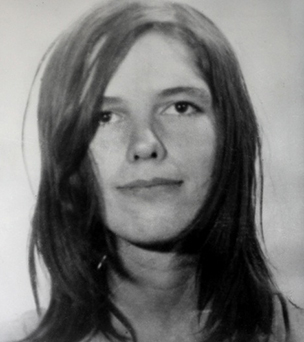
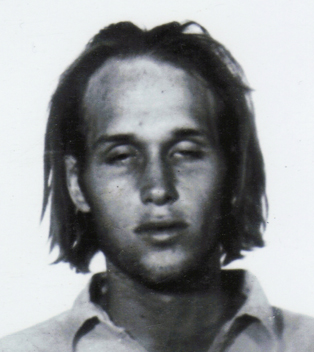
After a few hours, they wound up at 3301 Waverly Drive, in Los Feliz, at the home of supermarket executive Leno LaBianca and his wife, Rosemary. The LaBiancas lived next door to a house at which Manson and Family members had partied the year before.
Atkins and Kasabian would later testify that Manson disappeared up the LaBianca driveway, returning several minutes later to explain that he had tied up the house's occupants. He then sent Watson, Krenwinkel and Van Houten back in. By contrast, Watson claimed in his autobiography that, after going up alone, Manson had returned to take him up to the house with him. Through a window, Manson pointed out a sleeping man to Watson. The two of them gained entry through the unlocked back door. At trial, Watson said he "went along with" the women's testimony because it made him "look that much less responsible."
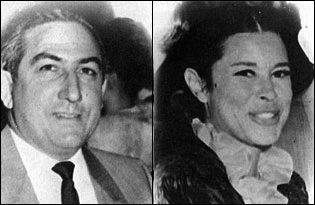
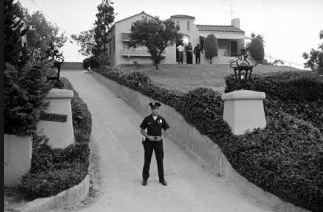
As Watson recounted it, Manson roused the sleeping Leno LaBianca from the couch at gunpoint and had Watson tie his hands with a leather thong. After Rosemary was briefly brought from the bedroom into the living room, Manson told Watson to cover the couple's heads with pillowcases, which were then bound in place with lamp cords. Then Manson left, sending in Krenwinkel and Leslie Van Houten with directions that the couple be put to death.
Watson had earlier complained to Manson that their weapons the night before weren't adequate. Now, after ordering the women from the kitchen to the bedroom, to which Rosemary LaBianca had been returned, Watson returned to the living room and started stabbing Leno LaBianca in the throat with a chrome-plated bayonet.
The sound of scuffling drew Watson back to the bedroom. There, he found Mrs. LaBianca holding off Krenwinkel and Van Houten by swinging the lamp tied to her neck. Watson overcame her with several bayonet stabs, then returned to the living room and resumed attacking Leno, whom he stabbed a dozen times. When he was finished, Watson carved "WAR" into LaBianca's exposed stomach.
Returning again to the bedroom, Watson saw Krenwinkel stabbing Rosemary LaBianca with a knife from the LaBianca kitchen. Enforcing Manson's wishes that both women take part in the killing, Watson ordered Van Houten to stab Mrs. LaBianca too. She did – approximately 16 times in the back and buttocks. Van Houten would claim at trial that Rosemary LaBianca was already dead when she stabbed her, and this might actually be true – evidence from the coroner's office did indeed show that many of Mrs. LaBianca's 41 stab wounds were inflicted postmortem.
Afterwards, Watson showered and cleaned off the bayonet. Krenwinkel wrote "Rise" and "Death to pigs" on the walls and "Healter [sic] Skelter" on the refrigerator door, all in the LaBiancas' blood. Using an ivory-handled two-tined carving fork, Krenwinkel stabbed Leno LaBianca 14 times, leaving it jutting from his stomach. She also rammed a steak knife into his throat.
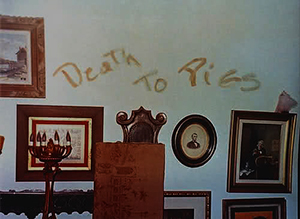
Investigation and Arrest
The outside world learned of the Tate murders on August 9, 1969. The Polanski's housekeeper, Winifred Chapman, had arrived for work that morning and discovered the horrific murder scene.
Investigators soon determined that Steven Parent was a friend of William Garretson, who lived in the guest house. Garretson had been hired by Rudi Altobelli to take care of the property while Altobelli was away. Parent had been leaving Cielo Drive, after a visit to Garretson, just as the killers arrived.
The LaBianca crime scene was not discovered until the evening of August 10, when fifteen-year-old Frank Struthers – Rosemary's son from a previous marriage – came home from a camping trip and was immediately suspicious when he saw all of the window shades of his home drawn, and his stepfather's boat still attached to the family car in the driveway. He called his older sister and her boyfriend, who soon arrived. The boyfriend, Joe Dorgan, accompanied Struthers into the home, where they found Leno's body. In short order Rosemary's body was found by investigators.
It wasn't until December that the LAPD announced warrants for the arrest of Watson, Krenwinkel, and Kasabian in the Tate case. Manson and Atkins, already in custody for other reasons, were not mentioned.
Watson and Krenwinkel were detained by authorities in McKinney, Texas, and Mobile, Alabama, acting on notices from the LAPD.
Informed of the warrant for her arrest, Kasabian surrendered voluntarily to authorities in Concord, New Hampshire, on December 2.
Before long, physical evidence collected by investigators at Cielo Drive began to implicate members of the Family. The distinctive .22-caliber revolver Watson used on Parent, Sebring, and Frykowski had been found by Steven Weiss, a 10-year-old who lived near the Tate residence. He turned it over to police. In mid-December, the Los Angeles Times published a crime account based on information Susan Atkins had given her attorney. Steven Weiss's father called the LAPD repeatedly, urging them to find the gun in its own evidence vault and run ballistics tests on it for a possible connection with the Tate case. A local ABC television crew, also acting on the L.A. Times article, found and recovered bloody clothing discarded by the Tate killers. Searches for the knives discarded by the killers after they left the Tate residence were fruitless.
Trial
The trial began June 15, 1970. Linda Kasabian was the prosecution's star witness. She, along with Manson, Atkins, and Krenwinkel, had been charged with seven counts of murder and one of conspiracy. By all accounts a nonparticipant in the killings, Kasabian was immunized in exchange for her testimony.
A deal had been made at one time with Susan Atkins under which the prosecution would not to seek the death penalty against her in exchange for her testimony before the grand jury. Atkins repudiated her testimony and the deal was off. Leslie Van Houten, who'd only participated in the LaBianca killings, was charged with two counts of murder and one of conspiracy.
Judge William Keene had originally and reluctantly permitted Manson to act as his own attorney. But Manson's conduct was so outrageous and nonsensical that Keene was forced to withdraw permission before the start of the trial. Keene was eventually replaced by Judge Charles H. Older.
On the first day of testimony, Manson appeared in court with an X carved into his forehead. He issued a statement that because he was "considered inadequate and incompetent to speak or defend [him]self" – he had not choice but to "X [him]self from [the establishment's] world." The female defendants soon carved duplicate Xs on their foreheads – as did most other Family members. Manson eventually replaced his X with a swastika.
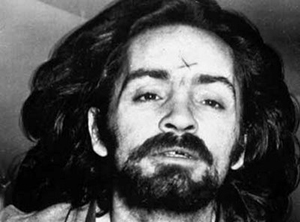
The prosecution identified the Family's desire to ignite "Helter Skelter" as the main motive. The Tate and LaBianca crime scenes' bloody White Album references – pig, rise, helter skelter – were traced to Manson's visions of the coming race war. To this the prosecution added the testimony of Linda Kasabian. Manson instructed her to hide Rosemary LaBianca's wallet in the women's restroom of a gas station in a black area. "I want to show blackie how to do it," Manson reportedly said.
During the trial, Family members skulked and loitered near the entrances and corridors of the courthouse. To keep them out, the prosecution subpoenaed them as witnesses, who would then be prevented from entering court while others testified. Group members held sidewalk vigils; some wore sheathed hunting knives, which admittedly the law allowed them to do. All were identifiable by the Xs on their foreheads.
Some Family members tried to intimidate witnesses from testifying. Prosecution witnesses were threatened; one was burned badly in a suspicious fire set in his van. Another ate a hamburger that turned out to be spiked with a large dose of LSD.
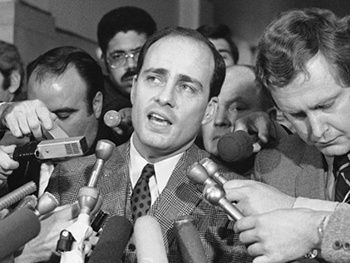
On August 4, Manson flashed the jury an L.A. Times front page emblazoned with a headline that read: "Manson Guilty, Nixon Declares". It referred to a statement made the day before when President Richard Nixon had condemned what he saw as the media's glorification of Manson. Questioned by Judge Older, the jurors claimed the headline had not swayed them one way or the other. The next day, the female defendants stood up in unison and declared that, in light of the President's remark, there was no reason to continue with the trial.
On October 5, the court denied a request from Manson to question a prosecution witness his defense attorneys had refused to cross-examine. Manson leaped over the defense table in an attempt to attack the judge. Bailiffs wrestled him to the ground. From that point forward, Judge Older was rumored to have begun wearing a gun under his robes.
Convicted
On January 25, 1971, the jury returned guilty verdicts against the four defendants on all charges – 27 in all.
Midway through the trial's penalty phase, Manson shaved his head and trimmed his beard, telling the press, "I am the Devil, and the Devil always has a bald head."
In what the prosecution viewed as belated confirmation on their part that imitation of Manson only proved his domination over them, the female defendants did not shave their heads – until the jury retired to deliberate the state's request for the death penalty.
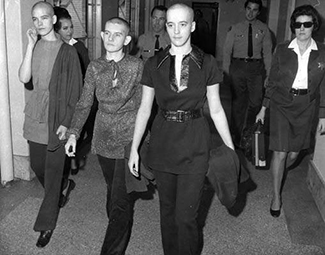
Tex Watson
After lengthy court proceedings, Tex Watson was extradited from his native Texas, to which he had fled a month before his arrest. He was tried separately. His trial began in August 1971; by October, he, too, had been found guilty on seven counts of murder and one of conspiracy. Unlike the other defendants, Watson presented a psychiatric defense, pleading insanity; prosecutor Vincent Bugliosi made short work of it. Watson was sentenced to death like his co-conspirators.
Reversal
In February 1972, the death sentences of all Manson family convicts were automatically reduced to life in prison by the California Supreme Court.
In 1971, Manson was found guilty again – this time of the murders of Gary Hinman and Donald "Shorty" Shea. He was given a life sentence. Shea, a Spahn Ranch stunt man and horse wrangler, had been killed soon after a sheriff's raid on the ranch. Manson suspected that Shea was responsible for the raid, and further believed he was trying to get Spahn to run the Family off the ranch. The fact that Shea, who was white, had married a back woman, was also something that Manson objected strongly to. And Shea may very well have had incriminating information about the Tate/LaBianca killings. In separate trials, Family members Bruce Davis and Steve "Clem" Grogan were also convicted of murdering Shea.
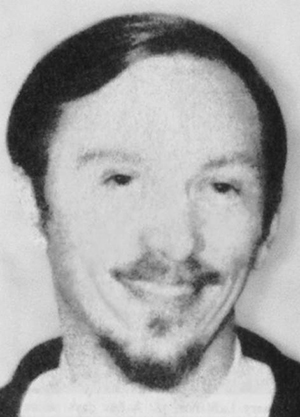
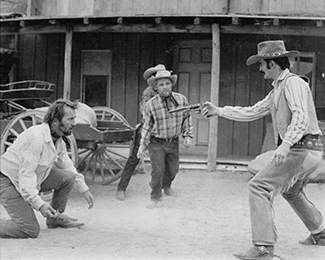
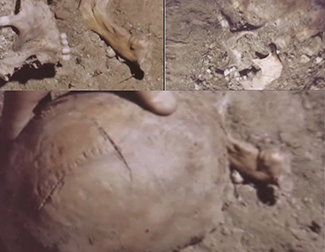
Lifer
Manson continues to serve his life sentence. Now 78, he periodically comes up for parole, in accordance with state law. Given the infamy and brutality of his crimes, it is a virtual certainty that he will die in prison.
Even after more than four decades of incarceration, Manson receives more mail than any other prisoner in the U.S. prison system. He is currently held in California's Corcoran Prison.
